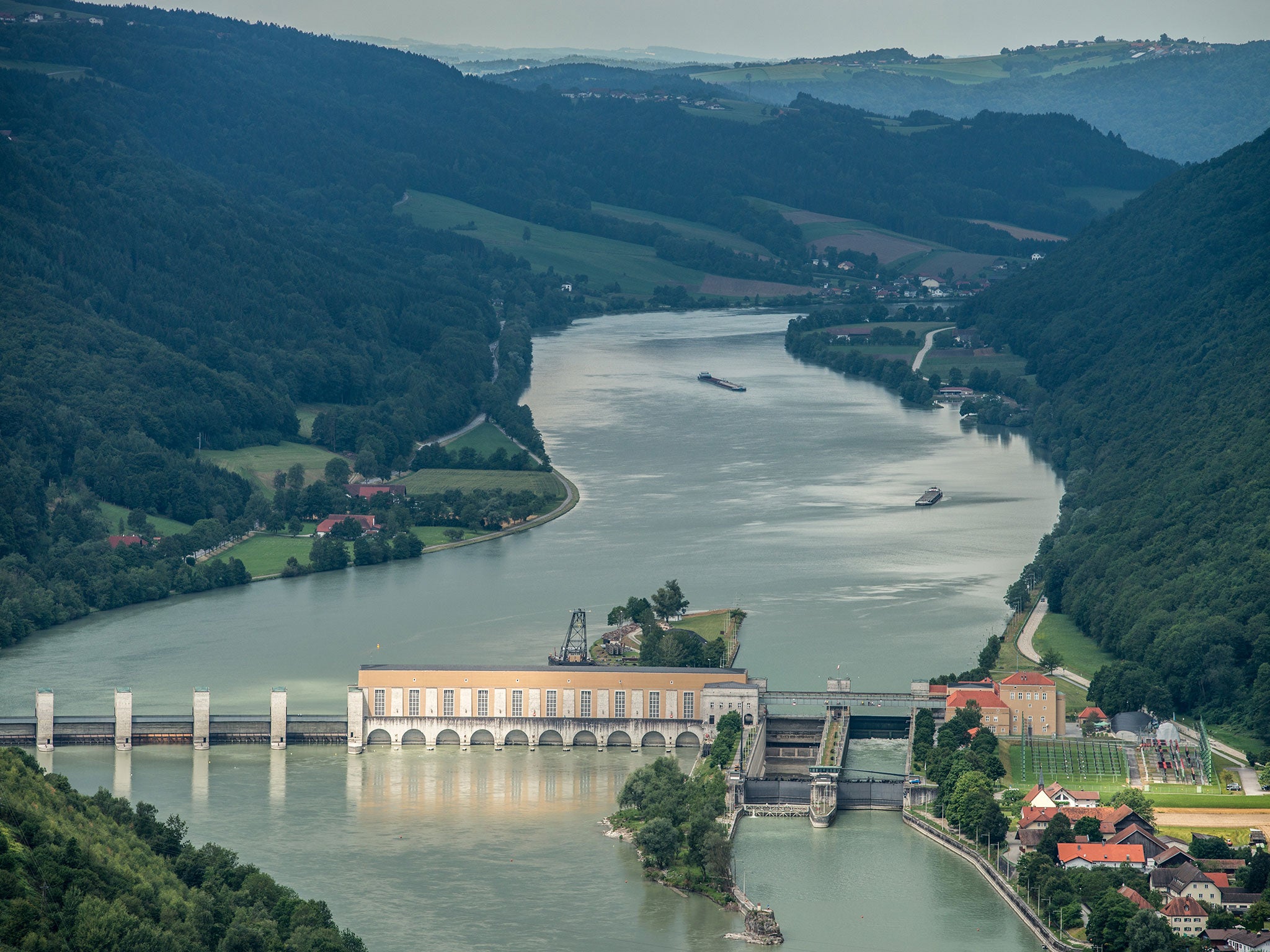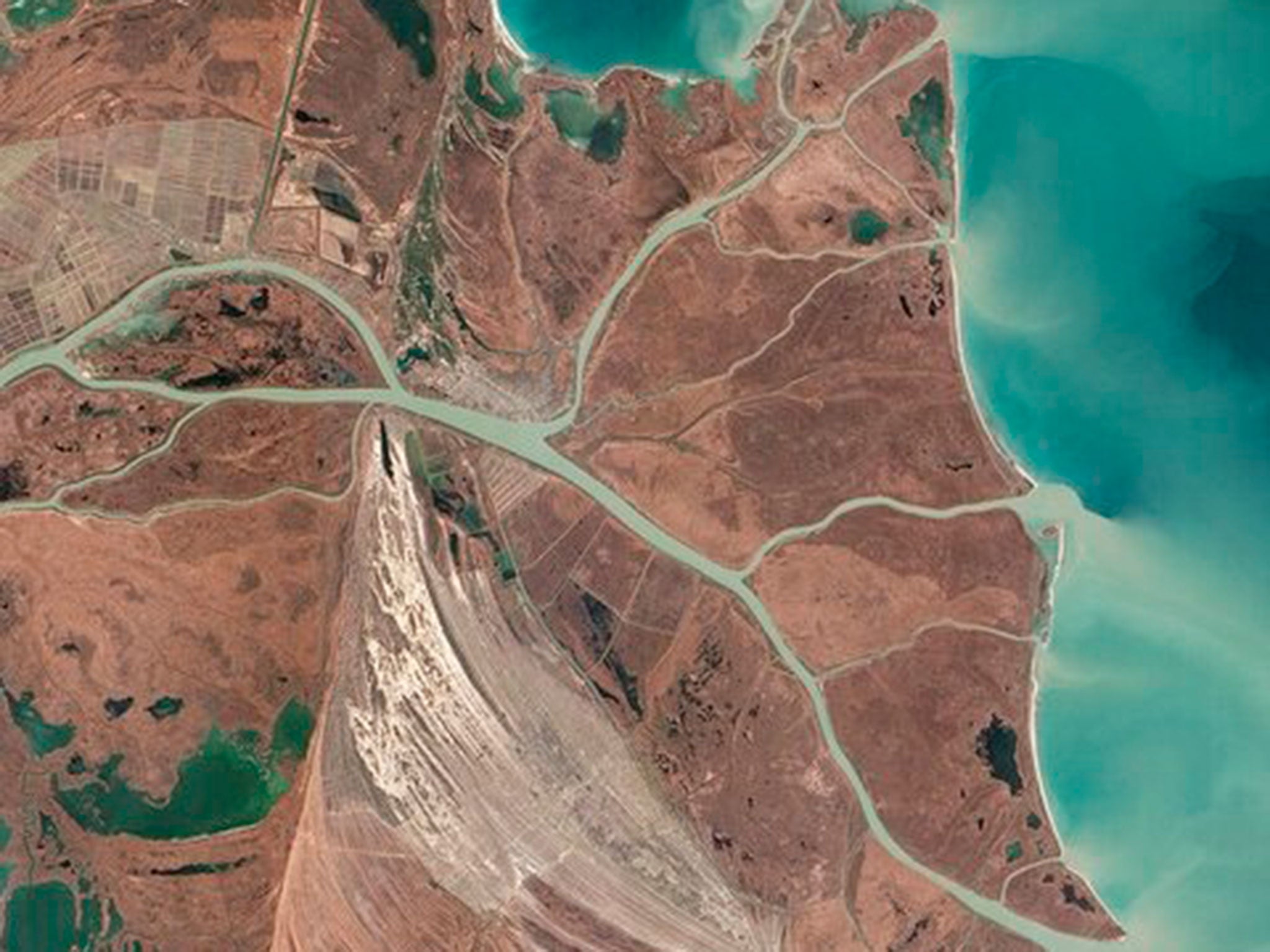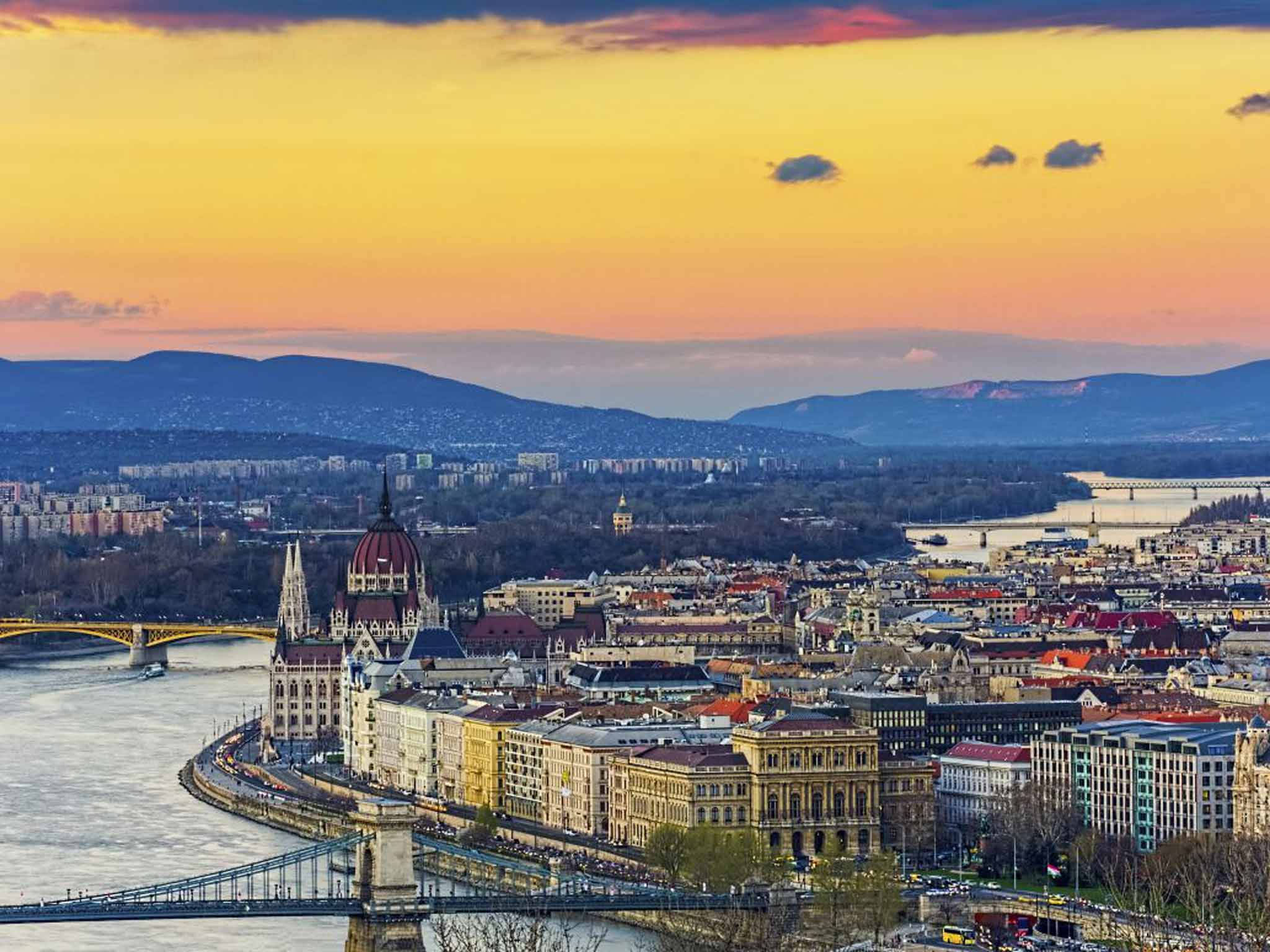River Danube: Overfished, overpolluted and with 200 million-year-old species close to extinction - what next for one of Europe's great rivers?
A new project at the Danube Delta aims to roll back decades of abuse to shed light on new methods of conservation

Your support helps us to tell the story
From reproductive rights to climate change to Big Tech, The Independent is on the ground when the story is developing. Whether it's investigating the financials of Elon Musk's pro-Trump PAC or producing our latest documentary, 'The A Word', which shines a light on the American women fighting for reproductive rights, we know how important it is to parse out the facts from the messaging.
At such a critical moment in US history, we need reporters on the ground. Your donation allows us to keep sending journalists to speak to both sides of the story.
The Independent is trusted by Americans across the entire political spectrum. And unlike many other quality news outlets, we choose not to lock Americans out of our reporting and analysis with paywalls. We believe quality journalism should be available to everyone, paid for by those who can afford it.
Your support makes all the difference.Heavily polluted by communism's industries, and with an ancient fish species in critical danger due to extensive damming and illegal fishing, the River Danube is no stranger to a turbulent time.
It meanders its way from Germany's Black Forest through 10 countries, its vast 2,860km ending in spectacular display at Romania's Danube Delta - a protected biosphere of exceptional biodiversity and natural beauty - where it enters the Black Sea.
But now the decades of abuse could be put to good use as researchers look to draw upon the Danube's recent history to figure out new ways of tackling environmental issues such as climate change, an increasingly urban society and conservation.
Over the past few decades, the Danube has witnessed drastic changes in land use, over-exploitation of natural resources, hydraulic re-engineering through damming, embankment and re-channeling, and widespread illegal fishing.
Then there are the 28 dams that punctuate the river from its source to its mouth. These dams interrupt the continuity of water flow, blocking the transfer of sediments from upstream to downstream which contribute to the erosion of Delta beaches and disrupt the migration of many fish species.
The most critical species in the Danube is the endangered sturgeon - the fish that produces valuable black caviar. A combination of dams, pollution and illegal fishing has driven this 200 million-year-old fish to the brink of extinction.

The Danube is also particularly vulnerable to invasive alien species, which pose numerous problems.
The 'killer shrimp' originally from the Caspian Sea regions can reduce native Danube species, while the Chinese Mitten Crab can transmit a pathogen fatal to native European crayfish.
Then there's the extremely invasive Asian clam, which can release up to 2,000 juveniles a day - in excess of 100,000 in a lifetime. An expansive Danube River survey carried out in 2007 stated 'invasive [species] have become a major concern for the Danube, and that their further classification and analysis is vital for effective river basin management'.
Now, scientists and researchers believe a new pan-European research centre set to be housed at the Danube's Delta will help scientists understand how to tackle a multitude of current and potential problems.
The new project will specialise in multidiscipline training and innovation on large river-delta-sea systems with its research labs placed strategically throughout various Danube Region countries, and also river-sea systems in UK, France, Netherlands, Ireland, Spain, and Italy.
Extensive cross-nation research will be shared between all of the 15 (EU and non-EU) countries involved - which is key to the project.

Adrian Stanica, the Romanian scientist leading the project, says: "Living in harmony with the river basin without affecting the downstream and coastal or marine areas has become one of the major challenges - and the recent floods [this year] from Central Europe are proof that a new and successful managing concept needs to be developed. Europe has internationally regarded expertise of river-sea-delta research, but this expertise is fragmented."
Using the various waterways as natural laboratories scientists from the many countries say they can confront existing and potential threats worldwide: from climate change to society's demands, to pollution and ecological conservation needed in these types of water systems.
Considering the Danube is the world's most international waterway, and of environmental, economic and political importance - it makes sense for the project's hub to be based at its delta, it aims to become a global leader in its field.
The UK currently provides the chair of the International Initiative Committee for the project, Michael Schultz, and UK researchers have been key players in the development of the concept, while scientists from countries with other river-delta-sea systems such as Italy, Spain, and France, are providing prominent support as they recognise the benefits it will bring to their own systems.
Schultz is not the first Briton to have a leading role in this Eastern European waterway. After fighting in the Crimean War in the 1800s, the European Commission of the Danube appointed prominent British engineer, Sir Charles Hartley, to take the role as engineer-in-chief to improve the navigation at the mouth of the Danube - Hartley became known and is still regarded today as the 'Father of the Danube'.
Current threats to the Danube Basin are numerous: intensive fish farming, hunting, canal and dyke construction, and many types of civic and industrial pollution, each posing problems that could be averted with this type of cross-nation, interdisciplinary approach.
What remained critical on the Danube Basin after the communist period was pollution from industry and agriculture, and that there was not enough wastewater treatment plants to treat civic waste. Agricultural pollution in river basins is a global threat, and it can lead to 'eutrophication' – a problem present also in the Danube.
The 'eutrophication' phenomenon is caused when agricultural fertilisers act as a food source for algae, causing certain types to grow explosively, and when the algae decompose the process uses oxygen from the water under them, smothering organisms living underneath.
Nobody has discovered how to capture and to treat waters rich with fertilisers.
Other major issues are things that three decades ago were considered harmless and were often disposed of in the Danube Basin, such as heavy metals, pharmaceuticals, and microplastics.
But while the environmental situation within the Danube Basin is no paradise, it is much better than it was 25 years ago. After the fall of many communist states in the late 1980s, which saw the bankruptcy of many heavily polluting industries, this also meant the end of the majority of active pollution sources.
However, as the region's economy has grown - as it has done over the past few years in Central and Eastern Europe - there is a risk of repeating past mistakes.
Learning how to best deal with these threats, how to measure their implications, and to understand their impact is crucial for the overall betterment of river-delta-sea systems around the world. For the time being Adrian Stanica says the process has been "learning by doing".
In 1991 the Danube Delta was appointed a Wetland of International Importance under the Ramsar Convention, it sits firmly on the World Heritage List, and was the first delta in Europe to obtain UNESCO Man and Biosphere status, which recognises important areas extremely rich in wildlife - 5,800 square kilometres of the Biosphere Reserve is on Romanian territory.
It's the largest protected wetland in Europe, but it's estimated that two thirds of Europe's wetlands have disappeared since the beginning of the 20th Century, mainly through "development processes".
In 1994 the Basin countries signed the Danube River Protection Convention (ICPDR), which forms the legal framework for co-operation and transboundary water management of the Danube Basin. It works mostly on improving water quality and to ensure that surface waters and groundwater within the Basin are managed properly, used sustainably and fairly.
Such extensive supplementary research will be of great benefit to the Danube Region and much further afield, given the cross-nation perspective of this new initiative.
Mr Ivan Zavadsky, Executive Secretary of the ICPDR, says of this new project: "A River Basin is a hydrological unit, whereas countries are political and administrative entities. For water, it is the basin that matters and not the borders of the countries therein. Collecting information and sharing it with other basin countries therefore clearly shows an added value of transboundary cooperation in water management."
Romania has committed land and resources to this project, the hub is well under construction at its Delta, and it has received advice and support from scientists and stakeholders from institutions in more than 15 countries, support from UNESCO Institute for Water Education, and from Britain's University of Birmingham, University of Stirling, Southampton, Hull, and Glasgow, and many others throughout Europe.
"We expect that the development of the project, both the hub and [research] nodes that will be built in the delta and throughout Europe will generate a major positive change in the entire region and beyond." Says Adrian Stanica.
It will promote cooperation in science, policy, and management to overcome political, economic and cultural barriers in the name of science, conservation, and development, in a world presented with evermore pressures on the natural environment.
It's a way off yet, but, providing European funds and individual state backing comes to fruition, as looks likely to, this distributed and rigorous international project could be of great benefit to a waterway of critical importance to Europe, and to river-delta-sea systems worldwide.
Join our commenting forum
Join thought-provoking conversations, follow other Independent readers and see their replies
Comments